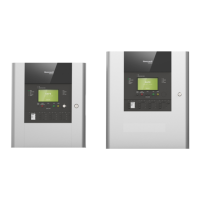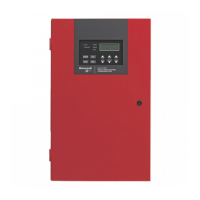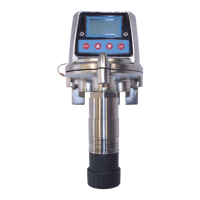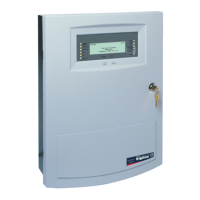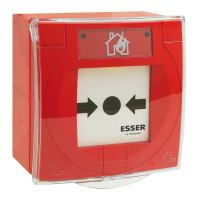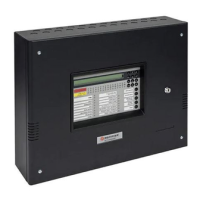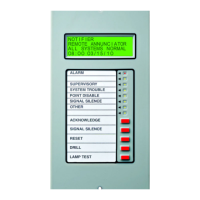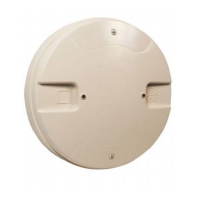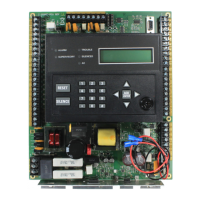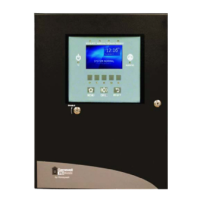XLS140 Installation Manual Form Number 95-7673-3 P/N 51927:C 12/06/2005 79
Wire Requirements Electrical Specifications
Operating Power: AC Branch Circuit
The control panel requires connection to a separate dedicated AC branch circuit. Follow these
guidelines when connecting the AC branch circuit:
• Label the branch circuit “Fire Alarm”. This must be a separate dedicated AC fire alarm circuit.
• Connect the branch circuit to the line side of the main power feed of the protected premises.
• Do not power other equipment from the fire alarm branch circuit.
• Run the AC branch circuit wire continuously, without any disconnect devices except for
overcurrent protection, from the power source to the fire alarm control panel.
• Overcurrent protection for the AC branch circuit must comply with Article 760 of the National
Electrical Codes, as well as local codes.
• Use 12 AWG (3.31 mm
2
) wire with 600 VAC insulation for the AC branch circuit.
Connect the ground terminal (TB2-Earth) to a solid earth ground (a metallic, cold water pipe may
be suitable in some installations). This connection is vital to maintaining the control panel's
immunity to unwanted transients generated by lightning and electrostatic discharge.
Operating Power: Secondary Power Source (Batteries)
The battery charger is current-limited and can recharge sealed lead-acid type batteries. The battery
charger shuts off when the control panel is in alarm.
B.2 Wire Requirements
Each type of circuit within the Fire Alarm Control System requires use of a specific wire type to
ensure proper circuit operation. The wire gauge of a particular circuit depends on the length of that
circuit and the current traveling through it. Use Table B.1 below to determine the specific wiring
requirements for each circuit.
Compliance with the Federal Communications Commission (FCC) and Canadian Department of
Communication regulations on electrical energy radiation requires the following: Use twisted-pair
shielded wire for any non-SLC-loop wiring entering or exiting the cabinet that is not enclosed in
conduit. Use twisted-pair unshielded wiring for SLC-loop wiring.
NOTE: If running an SLC in conduit with Notification Appliance Circuits, you can reduce
problems by exclusively using electronic sounders (such as the Spectralert or MA/SS-24 Series)
instead of more electronically noisy notification appliances (such as electromechanical bells or
horns).
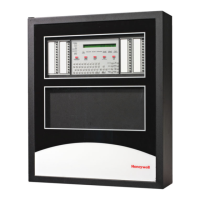
